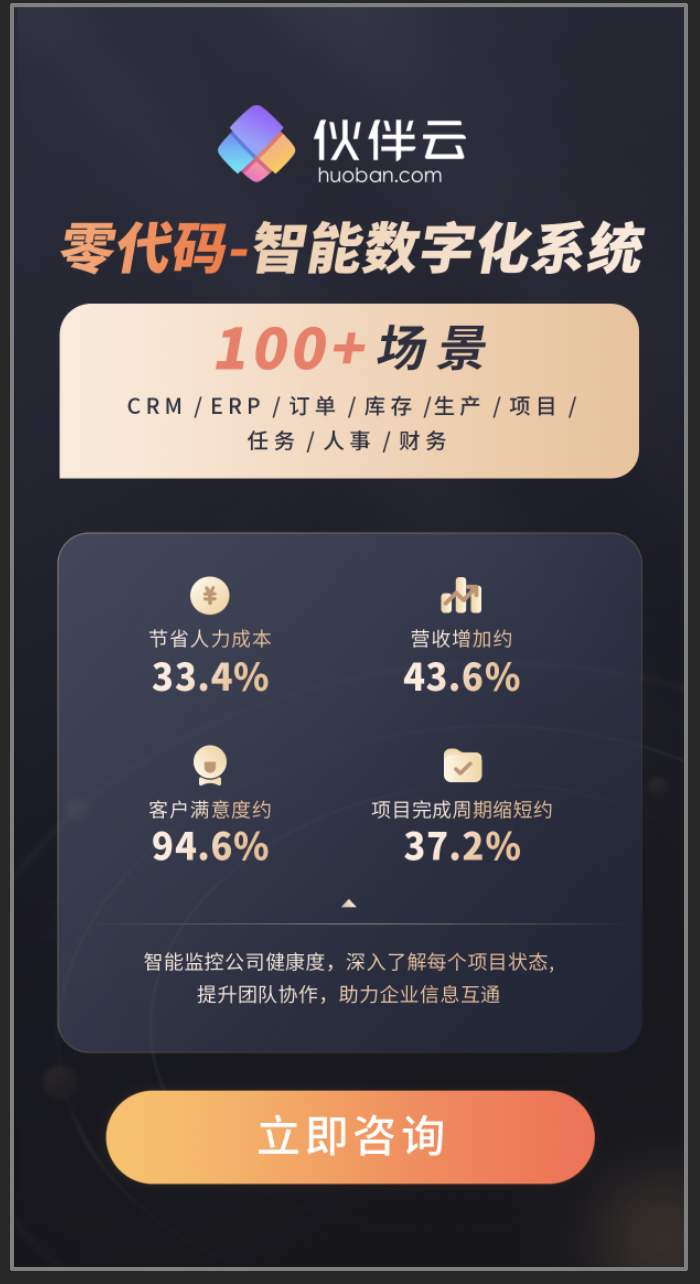
uniCloud基础入门(三)---云数据库基础
uniCloud云数据库基础
文档地址
https://uniapp.dcloud.io/uniCloud/hellodb
未经本人允许,禁止转载
可以看到官方给出了两种方式
云函数操作数据库(腾讯云服务空间)
这里我们注意讲腾讯云服务空间操作
首先需要创建服务空间
https://unicloud.dcloud.net.cn/login
免费版即可
创建数据表
两种方式 网页创建 /api创建
手动创建
可以使用模板创建 这里我们不使用模板
你可以编辑设置表结构 也可设置索引
表结构字段 说明 参考文档
https://uniapp.dcloud.io/uniCloud/schema
向表中插入一个字段
api创建
const db = uniCloud.database(); db.createCollection("xxxx")
云函数中
本地执行就行 执行效果
操作数据库
无论是整个数据表 还是单个记录 都是要经过以下流程
先获取集合的引用
整个集合的引用
const db = uniCloud.database();
// 获取 xxx 集合的引用
const collection = db.collection(‘xxx’);
单个记录的引用
collection.doc(“id”)
https://uniapp.dcloud.io/uniCloud/cf-database?id=%E9%9B%86%E5%90%88
我们以这个数据表为例
目前没有数据
连接数据库 获取数据表引用
const db = uniCloud.database(); // 获取 `xxx` 集合的引用 const collection = db.collection('xxx');
增加
let res = await collection.add({username:"dmhsq"}) console.log(res)
可以看到增加成功了
统计记录个数
let res = await collection.count() console.log(res)
获取全部记录
let res = await collection.get() console.log(res)
获取指定id的记录
比如这里我拿到
id 28ee4e3e602fb13c064475431a7966e7
let res = await collection.doc("28ee4e3e602fb13c064475431a7966e7") console.log(res)
返回proxy代理对象
let res = await collection.doc("28ee4e3e602fb13c064475431a7966e7").get() console.log(res)
增加查询条件
我们使用where来操作
格式为
collection.where({ username: "匹配的值" 可以使用> < 什么的 })
如果使用指令 则为
const dbCmd = db.command let res = await collection.where({ username:dbCmd.eq("匹配的值") }).get()
文档 指令表
https://uniapp.dcloud.io/uniCloud/cf-database?id=%e8%ae%b0%e5%bd%95-record-document
比如我们查询username为dmhsq的记录
collection.where({userename:"dmhsq"}) 或者 指令方式 const dbCmd = db.command let res = await collection.where({ username:dbCmd.eq("dmhsq") })
let res = await collection.where({userename:"dmhsq"}).get() 或者 const dbCmd = db.command let res = await collection.where({ username:dbCmd.eq("dmhsq") }).get() console.log(res)
分页
为了方便观察 这里我把dmhsq删除 新增了5个数据
这里的num 为跳过指定数量的记录
如果有5个数据 为0就是获取5个 为1就是获取4个
为了方便观察 在云端运行
collection.skip(num)
获取数据
我们传入0

let res = await collection.skip(0).get() console.log(res)
传入1
let res = await collection.skip(1).get() console.log(res)
num为返回的个数限制 最多为num个
collection.limit(num)
这里我们设置为2
let res = await collection.limit(2).get() console.log(res)
逻辑如下
获取第二页 就跳过第一页的全部
let pages = event.p; //页数 let nums = event.n; //每页个数 let res = await collection.skip((pages-1)*nums).limit(nums).get() console.log("当前页数为"+pages) console.log(res)
我们设定每页两个
配置
右键点击云函数目录
选择配置运行测试参数 我们传入 p=1 n=2
// 本文件中的json内容将在云函数【运行】时作为参数传给云函数。 // 配置教程参考:https://uniapp.dcloud.net.cn/uniCloud/quickstart?id=runparam { "p":1, "n":2 }
这时我们让p=2
如果我们让p=1 n=4 或者p=2 n=4
也就是每页 4个 返回第一页和第二页
分页完成
排序
collection.orderBy("字段名","升序/降序").get() 升序为asc 降序dssc
collection.orderBy("username","asc").get()
collection.orderBy("username","desc").get()
指定需要返回的字段
这里我们只返回_id字段
collection.field({"_id":true})
let res = await collection.field({"_id":true}).get() console.log(res)
在field中
指定某字段不返回 “字段名”:false
指定只返回某字段 “字段名”:true
字段更新指令
参考文档
https://uniapp.dcloud.io/uniCloud/cf-database?id=%e5%ad%97%e6%ae%b5%e6%9b%b4%e6%96%b0%e6%8c%87%e4%bb%a4-update-command
这里以 username为 我是4为例
collection.where({username:"我是4"})
我们给数据表新增一个字段
使用update
collection.where({username:"我是4"}).update({username:"我是猪"})
updated是更新的条数 这里的updated为1 我们更新了一条数据所以为1
collection.doc('_id字段的值').set({username:"我是4"})
可能是为了防止随意覆盖或安全什么的 使用where并不能使用set 所以使用doc获取
可以打印下 where 和 doc 获取的对象有什么不同
collection.doc('_id字段的值') collection.where(字段名:'字段的值')
可以发现 这里每xxxx字段了
更多更新指令 参考文档
https://uniapp.dcloud.io/uniCloud/cf-database?id=%e6%9b%b4%e6%96%b0%e6%96%87%e6%a1%a3
来删除
collection.where({xxxx:5}).remove()
这里的deleted类似于 updated 是删除的个数
这里已经删除成功
前端直接操作
和云函数操作没有多少区别 只是 需要放通权限
我们只举几个例子 其他的可参考云函数写法
或者文档
https://uniapp.dcloud.io/uniCloud/clientdb?id=jssdk
放开权限
放通操作权限 可根据需求 这里我全部放开
获取数据
const db = uniCloud.database() let res = db.collection('xxx').get().then(res => { console.log(res) })
增加
const db = uniCloud.database() let res = db.collection('xxx').add({ username: "我是dmhsq" }).then(res => { console.log(res) })
统计个数
const db = uniCloud.database() let res = db.collection('xxx').count().then(res => { console.log(res) })
更新
const db = uniCloud.database() let res = db.collection('xxx').where({ username: "我是1" }).update({ username: "小可爱1" }).then(res => { console.log(res) })
删除
const db = uniCloud.database() let res = db.collection('xxx').where({ username: "小可爱1" }).remove().then(res => { console.log(res) })
其它请参考上面的云函数写法
感谢您的阅读
大学之道亦在自身,努力学习,热血青春
SQL 云数据库 MySQL 数据库
版权声明:本文内容由网络用户投稿,版权归原作者所有,本站不拥有其著作权,亦不承担相应法律责任。如果您发现本站中有涉嫌抄袭或描述失实的内容,请联系我们jiasou666@gmail.com 处理,核实后本网站将在24小时内删除侵权内容。



